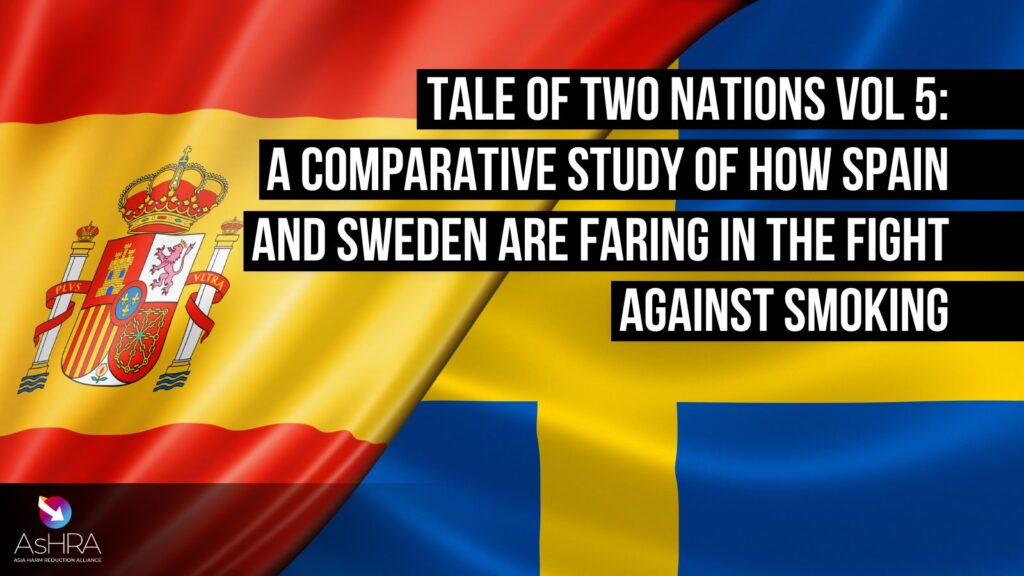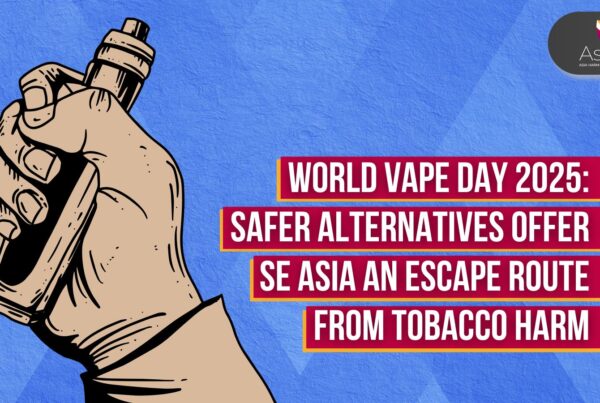With 2024 around the corner, December’s season of celebrations is quickly followed by January’s season of resolutions – including the ever-popular resolution to quit smoking.
A recent survey by Forbes Health found that quitting smoking is the 7th most popular New Year’s Resolution for 2024, with 12% of survey respondents listing it as one of their new year goals. This resolution ranks much higher than goals to drink less alcohol or travel more.
Although setting resolutions in the new year comes with increased motivation, (global) community support, and a well-arranged starting point, these resolutions don’t always fare as well as the year – or month – progresses. A combination of high expectations not met, a lack of personalisation and a return to daily rhythms can wear down resolutions fast. In fact, the second Friday of January is unofficially known as “Quitters Day“.
But, this does not have to be the case. If you or someone you know is thinking of quitting smoking in the new year, harm reduction is a powerful tool to help you on your journey.
What is harm reduction?
Tobacco harm reduction, also known as THR, is a “strategy aimed at moving tobacco smokers to potentially less risky nicotine alternatives such as e-cigarettes (vaping) or nicotine pouches.”

While misconceptions about such products are rampant, the facts are that they are at least 95% less harmful than cigarettes and that nicotine does not cause cancer. Through harm reduction, the negative impact of smoking can be minimised immediately while quitting.
Below are three of the many ways in which THR can serve as a useful tool for long-term and sustainable smoke-free goals.
- Personalisation as a Key to Success
With a host of different products, flavours, and strengths of nicotine under the umbrella of tobacco harm reduction, this approach increases the chance of success by finding something that works for you – even when your normal routines, habits and stressors resume in the new year.
For example, if the act of inhaling and exhaling a substance is an essential part of your smoking experience and particularly challenging to leave behind, vaping or e-cigarettes maintain this specific action while replacing harmful smoke with a relatively harmless vapour. This has been an important point of personalisation for others as an EU survey shows how 90% of current vapers used vaping to help them quit.
- Slow and Steady for Long-Term Change
While quitting cold turkey can show results in the short term, it isn’t often a practical solution for long-term success. Instead, it is important to set realistic goals and embrace small steps in the journey towards change.
Most THR products – such as nicotine pouches, e-cigarettes and NRT products – allow the user to control and modify their intake by changing the strength, flavour, and frequency of the product. This gradual reduction can help manage cravings and withdrawal symptoms better. A 2021 article finds that vapers are 5 times more likely to quit than those who go cold turkey.
- Proven Effectiveness among Ex-Smokers
In addition to the data scattered above, research shows how the harm reduction strategy has helped many smokers quit in Sweden, France, the UK, the US, and beyond – whether it be through vaping, nicotine pouches, or other products. It is clear that smokers around the world are utilising and benefitting from these tools.
Getting rid of the traditional, combustible cigarette is the obvious first step to quitting. However, it’s okay for the rest of the steps to look different for different people. So here’s to embracing a smoke-free lifestyle in 2024!
Related Posts
 Time to support Filipino vape law, not relitigate it
Time to support Filipino vape law, not relitigate it
Time to support Filipino vape law, not relitigate it
 Greens’ Plan To Legalise Nicotine Vapes Lauded
Greens’ Plan To Legalise Nicotine Vapes Lauded
Greens’ Plan To Legalise Nicotine Vapes Lauded
 Taiwan Vaping Ban Disappointing For Its Many Smokers
Taiwan Vaping Ban Disappointing For Its Many Smokers
Taiwan Vaping Ban Disappointing For Its Many Smokers
More about
Alcohol Harm Reduction
More about





